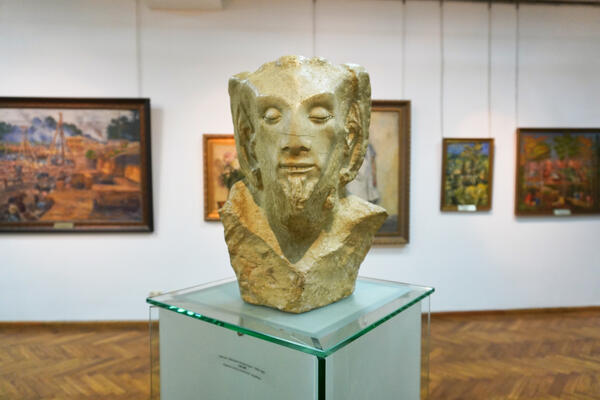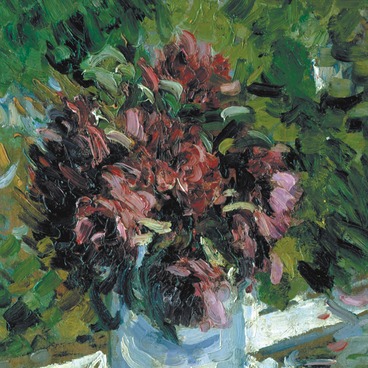Anatoly Lunacharsky sent the sculptor to Europe to complete his education. Dmitry Filippovich lived in France, Spain, and England. He communicated with Pablo Picasso — the Picasso Foundation houses a letter with Tsaplin’s autograph. There, Tsaplin was called “a brilliant man from the Volga.”
In the Soviet Union, the creative potential of the sculptor was not in demand. Until his death in 1967, not a single solo exhibition was held in the country; Dmitry Filippovich never became an academician or a professor.
Tsaplin’s workshop on the outskirts of GUM (the main department store in Moscow) was frequented by Alexander Tyshler, Vladimir Tatlin, and Robert Falk, with whom Tsaplin was friends, as well as by officials, artistic personalities and a whole generation of young writers and artists.
The head of the Department of the Newest Trends at the Tretyakov Art Gallery said about the sculptor:
“Tsaplin was an absolutely brilliant sculptor. He had an amazing skill in elegantly modelling the form and creating volume: he cut off everything unnecessary and presented the true nature of the material, be it stone or wood, in which he was an excellent master. Once Konenkov, not without envy, called him a cabinetmaker. Tsaplin was as compendious as possible: he identified the essence, the primordial archetype. His ‘Rising Man’ can be compared with Rodin’s ‘The Thinker’ in its expressive qualities.”
The exhibition presents a fantastical head of a satyr. Its laconic composition and execution are quite striking. The sculptor brilliantly conveyed an image worthy of the creations of the ancient geniuses of Assyria, Babylon, Egypt, Indigenous Peoples of South America, and prehistoric artists. The image created by Tsaplin attracts the viewer with the mystery of profound universal concepts inherent in the artists of all times and peoples.




